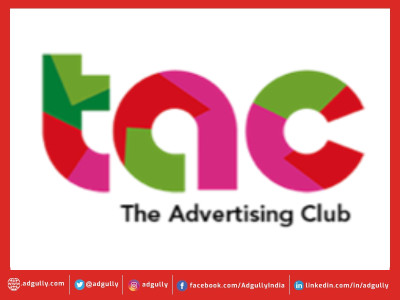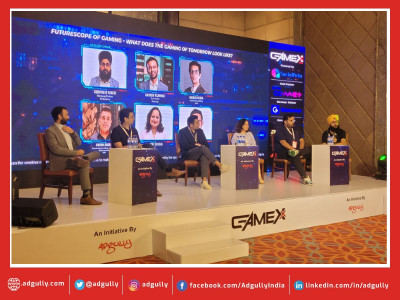Why should clients adopt a full funnel marketing approach?
Quora in partnership with Adgully organised a knowledge series on ‘Full Funnel Marketing with Quora’. In a candid Fireside Chat, Quora’s General Manger – India, Gurmit Singh, engaged Pallav Jain, Co-CEO, Performics India, to understand why clients should adopt a full funnel marketing approach. Singh kicked off the discussion asking Jain how he recommends any marketing strategy to his clients?
Jain said, “Convonix started 10-12 years back as a performance marketing agency. Advertising was majorly driven via traditional channels and not digital, and the only way we could make a dent in the marketing was by telling clients we can do sales via the Internet. Most advertisers back then who were interested in digital would only look at the bottom funnel. As years have passed, the digital ecosystem has greatly improved and it is able to map some part of the consumer journey and capture awareness, research/ consideration and conversion. So, the appetite for brands started increasing and they began looking at the upper and middle funnel.”
Also read: How to make the most of full funnel marketing for consumer engagement
He added, “Today, when I speak about full funnel marketing, I actually look at it as an extension of performance marketing. When you adopt a full funnel marketing approach, you need to look at it from the advertiser lens and what they want to achieve. We apply the same level of precision and thought process of performance marketing to mid funnel and top funnel campaigns to deliver differentiation for clients.”
Jain cited the example of a private sector bank that launched a digital savings product. He said, “They were a traditional bank, but like all banks they wanted to cater to the new consumer segment that was arising. They leveraged digital with the traditional approach of search and Facebook. However, the intent was clearly missing and they were unable to achieve the scale that they wanted. That’s why they adopted a full funnel approach.”
Adding further, he said, “When people talk about brand campaigns, the performance metrics suddenly go away. Nobody asks about cost per acquisition or cost for driving a particular scale. What the bank was trying to do was solve a consumer problem with their offering. We designed a performance campaign on YouTube and Facebook that targeted audiences that were most likely to convert. To do this, we first needed to build our first party data pool on these platforms and deliver relevant messaging to these audience segments. In a month’s time, we were able to increase consideration scores and purchase for the brand. Now, they are a pioneer in the digital savings account space, with nearly a million accounts opened.”
Jain summarised the key learnings from their experience with the banking client, which included:
- Measure the entire consumer funnel and not just look at individual platform metrics.
- Apply a unified reach approach to avoid media wastage.
- In a performance branding campaign measure the long-term impact as each brand has a different sales cycle.
Singh remarked, “Even if you are focused on increasing the bottom funnel, that is, sales, if you adopt a full funnel approach the entire exercise becomes more meaningful. With the potential of digital and 500 million Internet users, it makes more sense to deploy a full funnel marketing approach.”
Jain observed, “Post COVID, there is a hunger in brands to drive sales and they have realised that if they are able to bring the same experience to aid or influence purchase on digital, then they are willing to look at a full funnel approach. Of course, it also depends on where they are in the digital transformation journey of the brand.”
“A lot of brands and media agencies are focused so much on the media aspect that they forget about the user experience, if it is frictionless and seamless. You have to build the right kind of experience around the purchase journey. An inefficient marketing approach will lead to a lot of media wastage and more than that, a dilution of their own brand. The environment that you deploy your message in is equally important,” he concluded.



















Share
Facebook
YouTube
Tweet
Twitter
LinkedIn